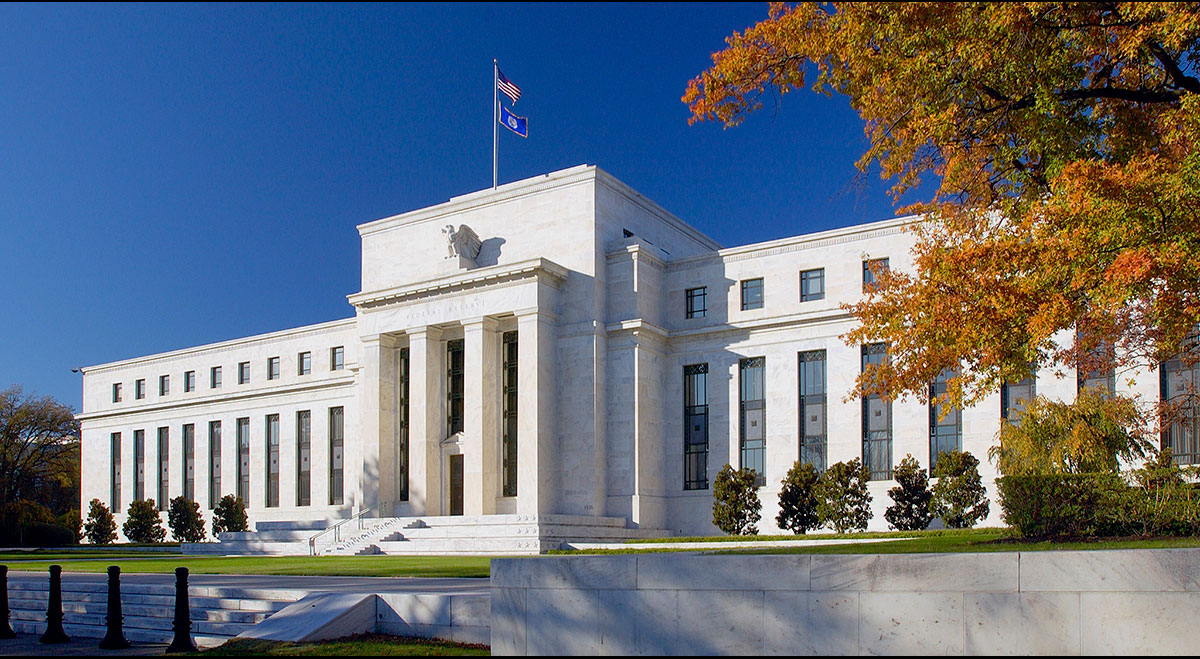Monetary policy officials are hinting to financial markets that the Federal Reserve will stop raising interest rates—even as the Fed signals that it is too early to declare victory over inflation. Wary investors can only speculate, while market analysts are happy to guess the Fed’s next move.
Before the Fed announces its latest interest-rate decision on Wednesday, we should recognize that dramatic shifts in monetary policy that affect financial outcomes far into the future aren’t predictable. They occur when unexpected financial events force unanticipated actions.
How will the Fed respond to turmoil in global markets if conflicts in the Middle East and Ukraine escalate? What actions is the central bank prepared to take in response to disorderly markets and unstable currencies?
Inflation often accelerates during wars—given that wars are associated with heavy government spending, increased debt issuance and significant monetary accommodation. But inflation is a secondary consideration. The Fed’s first priority will be to ease market disruptions and provide foreign central banks access to U.S. dollars.
Here is where lessons from emergency actions taken during the 2008 global financial crisis and the Covid pandemic are helpful. Aggressive moves by the Fed to relieve global market pressures draw praise—but also have serious consequences.
A recent analysis by the Federal Reserve Bank of St. Louis likens the fiscal and monetary policies adopted during Covid to what happens in wartime. “Sharp increases in government spending with substantial monetary accommodation promoted a rapid recovery from the severe, but brief, recession in the second and third quarters of 2020,” the report concludes. “However, as in past wars, those fiscal and monetary policies also contributed to a significant increase in inflation.”
At the onset of the pandemic, America experienced a perplexing drop in demand for Treasury securities. While foreign governments and central banks had eagerly bought the safe-haven asset in 2008, they engaged in a massive selloff in March 2020. Sellers included Middle Eastern countries—Saudi Arabia, the United Arab Emirates, Egypt—as well as China. For these countries dollar liquidity had become more important than a safe haven.
As a result, the 10-year Treasury yield skyrocketed by 64 basis points from March 9 through March 18 as notes and bonds were dumped for cash, prompting the Fed to intervene at unprecedented levels. In the first quarter of 2020, the Fed bought more than $1 trillion of Treasurys—more than it bought under each of its three programs of quantitative easing.
At the same time, the Fed provided liquidity through dollar swap lines with 14 foreign central banks. And on March 19, 2020, the Fed enlarged its dollar-liquidity arrangements to include another nine foreign central banks. The program was extended three more times through December 2021. By exchanging their own currencies for dollars, foreign central banks could get cash from the Fed without having to sell their Treasurys or compete for dollars in the foreign exchange market. The amount peaked at $447 billion in June 2020.
These are huge sums. They swamp the $105 billion package President Biden requested for security and humanitarian aid to Ukraine and Israel and far exceed the $52 billion in appropriations for foreign aid approved by House Republicans in September for the coming fiscal year. Fed injections of cash to alleviate liquidity strains and market disruptions at times of global financial stress aren’t the same as direct fiscal expenditures. Nevertheless, the dollars they provide are real money.
Whenever the Fed exchanges dollars for other currencies outside foreign-exchange markets, it distorts price signals in the over-the-counter global marketplace that determines the relative value of currencies. Whenever dollars are dispensed in exchange for U.S. debt instruments, it amounts to quantitative easing.
The Fed’s newest strategy for dealing with nervous foreign banks that might be tempted to abandon their holdings of Treasurys involves the Foreign and International Monetary Authorities Repo Facility, established as a temporary measure in 2020. It allows approved foreign and international monetary authorities to exchange their U.S. Treasury securities temporarily for U.S. dollars.
Investors are right to keep an eye on Treasury yields as they ponder what’s next in financial markets. But the story could be less about stronger growth projections and tighter monetary policy—and more about war fears that are all too current.









